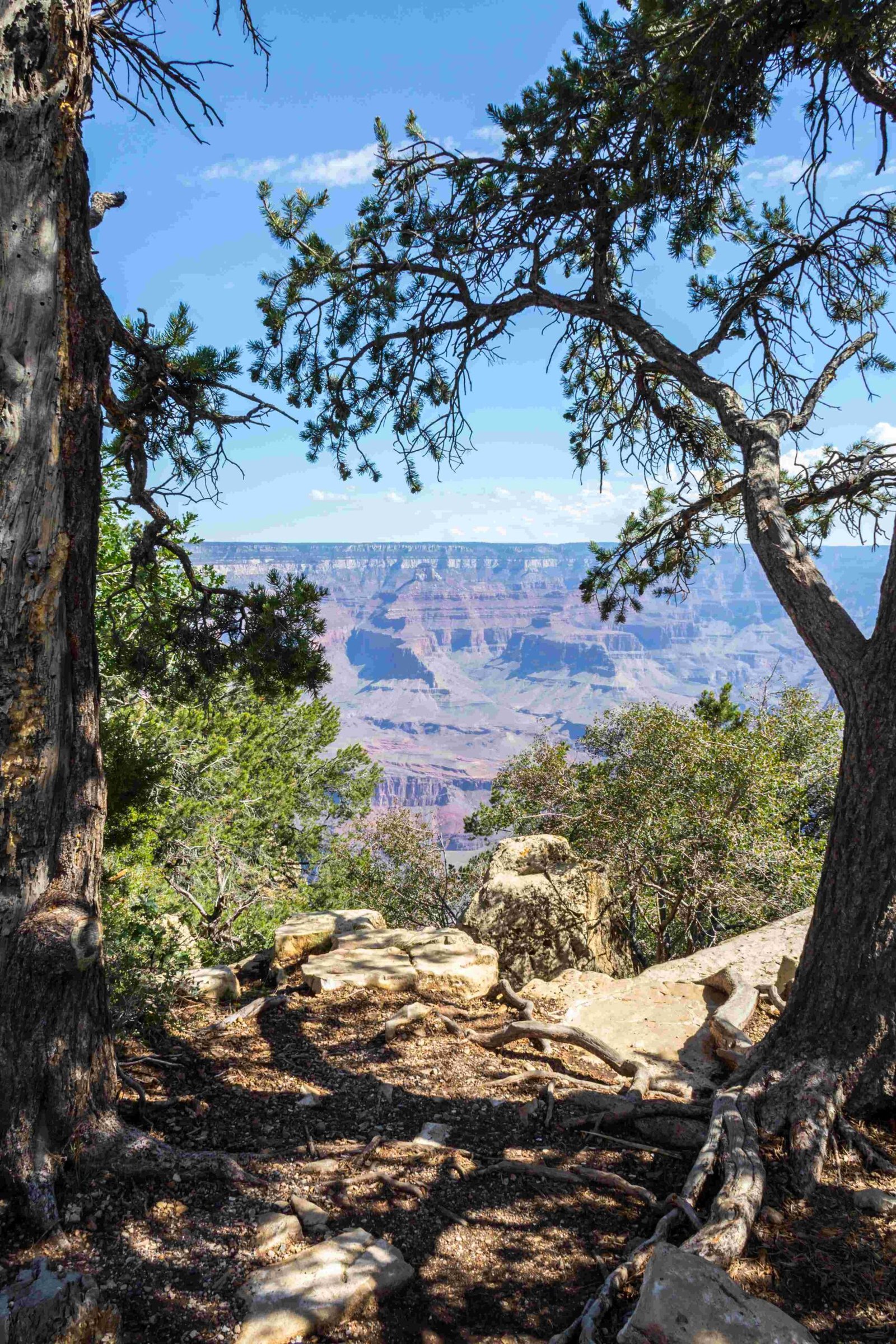The Grand Canyon’s remarkable rock layers represent a complex geological narrative spanning nearly two billion years, revealing Earth’s transformative processes through stratified sedimentary records. These layers, meticulously deposited and sculpted by marine environments, tectonic movements, and erosional forces, tell a profound story of geological evolution that captures the dynamic nature of our planet’s geological history.
What Geological Processes Created the Grand Canyon’s Layers?

Marine Sediment Deposition: The Foundation of Rock Layers
The formation of the Grand Canyon’s layers began with extensive marine sediment deposition during the Precambrian and Paleozoic Eras. Key processes included:
- Coastal and Marine Environments
- Sediments like sand, mud, silt, and volcanic ash accumulated in shallow seas
- Formations occurred between 1.2 billion and 740 million years ago
- Grand Canyon Supergroup represents early sedimentary deposits
| Era | Time Period | Primary Sediment Types | Depositional Environment |
|---|---|---|---|
| Precambrian | 1.2-740 Million Years Ago | Sand, Mud, Volcanic Ash | Shallow Marine Basins |
| Paleozoic | 550-250 Million Years Ago | Limestone, Sandstone, Shale | Coastal and Tropical Seas |
Tectonic Uplift and Structural Transformation
Tectonic activities played a crucial role in layer formation through:
- Mountain-Building Processes
- Grand Canyon Orogeny around 800 million years ago
- Significant uplift and tilting of sedimentary layers
- Exposure of underlying rock formations
- Removal of previously deposited sediments
Erosional Forces: Sculpting the Canyon
The Colorado River and climatic conditions were instrumental in revealing and shaping the rock layers:
- River Downcutting
- Began approximately 5-6 million years ago
- Carved through multiple rock layers
-
Accelerated by arid regional climate
-
Climatic Impact
- Minimal rainfall prevented lateral erosion
- Created steep canyon walls
- Exposed intricate rock layer sequences
Detailed Rock Layer Composition
Oldest Foundational Rocks
- Vishnu Basement Rocks (Precambrian)
- Formed around 1.75 billion years ago
- Includes Vishnu Schist and metamorphic formations
- Intensely compressed and transformed
Paleozoic Layer Characteristics
- Sedimentary Formations
- Redwall Limestone (400-800 feet thick)
- Muav Limestone
- Bright Angel Shale
- Tapeats Sandstone
Volcanic Contributions
Late-stage volcanic activities further modified the canyon’s landscape:
- Lava flows on Shivwits and Uinkaret plateaus
- Volcanic activity spanning six million years
- Additional geological complexity to layer formation
How Can Visitors Explore These Geological Wonders?

Educational Opportunities
- National Park Service geological programs
- Ranger-led interpretive talks
- Guided geological tours
- Accessible educational experiences
Recommended Exploration Methods
- Guided geological hiking tours
- Colorado River rafting expeditions
- Visitor center educational exhibits
- Self-guided geological trail interpretations
Scientific Significance
The Grand Canyon’s layers represent a remarkable geological archive, offering unprecedented insights into Earth’s transformative processes across billions of years.
References:
– National Park Service Geological Formations
– Grand Canyon Geological Wikipedia
– Grand Canyon Trust Geological Resources

